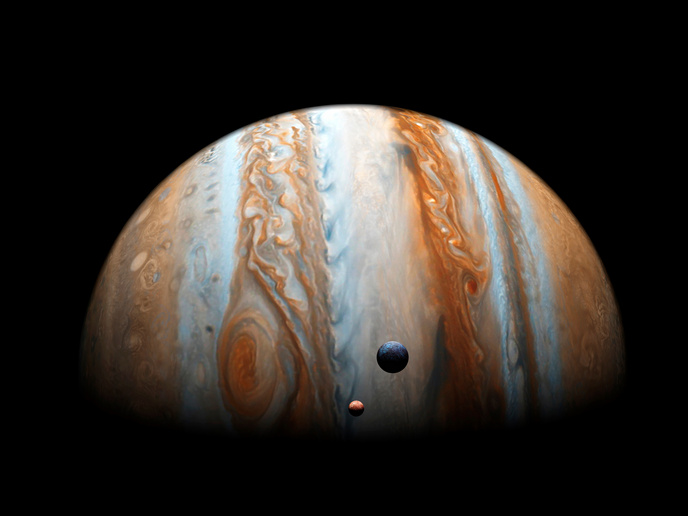Reducing the risk of collisions in space through better thermosphere modelling
Our upper atmosphere, or thermosphere(opens in new window), is very tenuous. Even if mass densities are more than a billion times smaller than at the surface of our planet, predicting drag due to air resistance is particularly important for satellite operators. In low Earth orbit, air drag is the dominant error source, playing a central role in satellite mission planning, trajectory, and re-entry prediction, and planning evasive manoeuvres to avoid collisions. The International Space Station(opens in new window) is manoeuvred about once a year for just that reason. Sean Bruinsma, based at the Toulouse Space Centre(opens in new window) (CNES) in France, is in charge of outreach for the EU-supported SWAMI(opens in new window) project. He explains: “The main problem today is collision avoidance, and it will be an even greater problem tomorrow as very large constellations of satellites, such as Starlink(opens in new window), are currently being constructed. It’s clear that the sheer number of objects in orbit will lead to greater collision risks.” An accurate density model is required along with reliable forecasts of solar and geomagnetic activity to predict collision probabilities. The only European thermosphere model, Drag Temperature Model(opens in new window) (DTM), has a 120 km altitude boundary, which made it necessary to rely on American models for re-entry computations below that altitude. “Now, through a combination of monthly-mean digital tables of the Unified Model(opens in new window) computed by the United Kingdom’s Met Office(opens in new window), and an updated DTM, we have an atmosphere model up to about 1 500 km. This model, MOWA Climatological Model(opens in new window) (MCM), can be used for satellite operations, including re-entry computations,” Bruinsma says. “The MCM is a significant step forward for Europe’s independence in space operations although the COVID-19 crisis has meant we are not as accurate in the re-entry zone as we had intended.”
Calculating the effect of solar wind
The SWAMI project also created the new, geomagnetic index Hpo(opens in new window), a proxy for the energy contributed to the upper atmosphere by interaction with the solar wind. The Hpo employs shorter sampling intervals, 30 and 60 minutes in comparison to the 180 minutes of the previously used index Kp, and can better represent geomagnetic storms. “The higher temporal resolution of Hpo makes a more accurate modelling of the variability in the thermosphere possible. “In satellite operations, the orbits of objects have to be predicted for days to several weeks out. This necessitates forecasts of solar activity and geomagnetic activity for the same period,” notes Bruinsma. To achieve this, the project used machine learning, and applied a special algorithm to optimise accuracy during geomagnetic storms.
Tools for analysis
The MCM and DTM models are available on Github(opens in new window) and are free for non-commercial use, and under licence otherwise. These models are the operational tools created by the SWAMI team to be implemented in a user’s own software. Instructions for implementation and benchmarks are given on the SWAMI website and on Github.







